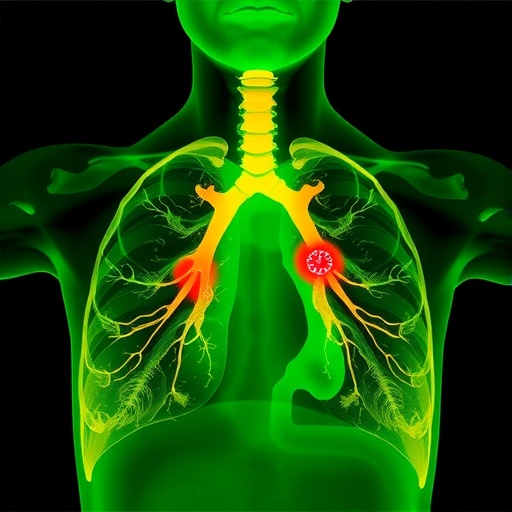
AMHERST, Mass. – A new analysis of maternal mortality worldwide conducted by the United Nations inter-agency group on maternal mortality estimation, with lead statistician Leontine Alkema of the University of Massachusetts Amherst, found that the maternal mortality ratio saw a relative decline of 43.9 percent during the 25-year period of 1990-2015. Details appear in an early online issue of The Lancet.
In the study, lead authors Alkema and World Health Organization (WHO) medical officer Dr. Doris Chou, with colleagues in the UN interagency group made up of WHO, UNICEF, UN Population Fund, World Bank Group and the UN Population Division, analyzed levels and trends in maternal mortality in 183 countries and found that the maternal mortality ratio declined from 385 deaths per 100,000 live births in 1990 to 216 in 2015. They also saw great variability in progress toward reducing mortality.
Alkema believes the main contribution of this work is that "estimates from this study reflect the latest information available on past trends and current levels in maternal mortality in each country. This is of great importance for evaluating past progress and planning future interventions, because, as we state in the paper, 'the time for action is now.' We need to do what we can, including learning from the past and taking stock of the present, to avoid preventable maternal deaths in years to come."
A new member of the biostatistics group at the School of Public Health and Health Sciences at UMass Amherst, Alkema explains the main challenge in the study, "Estimation of maternal mortality and associated uncertainty is challenging for many countries due to data issues: data availability is limited for many countries and the uncertainty associated with available data tends to be substantial due to measurement issues."
She says that while past efforts in constructing estimates had focused on using covariates such as gross domestic product, fertility rates and presence of skilled birth attendants to produce trend estimates for countries with limited data, that approach was no longer satisfactory for countries where more data had become available, especially in recent years.
Alkema explains, "With increasing data availability in many countries, it was the right time to extend upon the previous modeling approach to make sure that the maternal mortality estimates reflected the levels and trends as indicated by the country-specific data which we do have."
The statistician, with Sanqian Zhang and other collaborators, spent over a year developing the Bayesian estimation model used in the study. This model built onto the covariate-based approach used in earlier years, but extended it to better capture trends and recent levels of maternal mortality at the country-level, and to take into account the variable quality of observations, she says.
The authors report observing the greatest relative reduction in Eastern Asia, where the maternal mortality ratio fell from approximately 95 to 27 per 100,000 live births, a reduction of 72 percent, but it was lower in all other regions. Globally, the rate of change fell short of the progress envisioned under the UN's 5th Millennium Development Goal, which called for a reduction in 75 percent between 1990 and 2015, the authors report.
At the country level, nine countries did achieve a 75 percent reduction in 25 years, the researchers say, noting that successful interventions in these countries can help to guide action and global progress in future years.
Alkema and colleagues also highlight the need for accelerated progress if the world aims to accomplish the newly established maternal mortality Sustainable Development Goal (SDG), which calls for less than 70 maternal deaths per 100,000 live births globally by 2030. The authors add that, "Despite global progress in reducing maternal mortality, immediate action is required to meet the ambitious SDG 2030 target, and ultimately eliminate preventable maternal mortality."
###
Funding for this work came from the National University of Singapore, the National Institute of Child Health and Human Development, the U.S. AID and Human Rights Program and the UNDP/UNFPA/UNICEF/WHO/World Bank Special Programme of Research, Development and Research Training in Human Reproduction.





